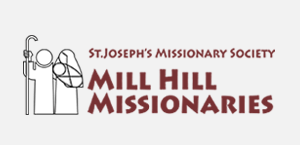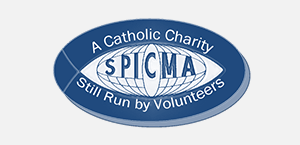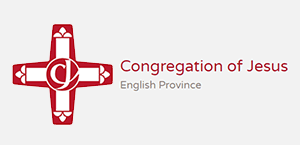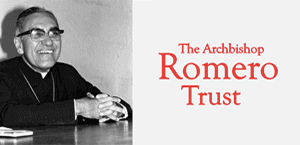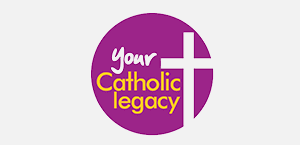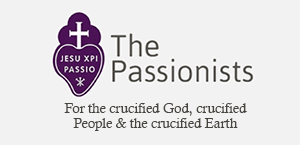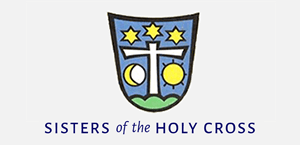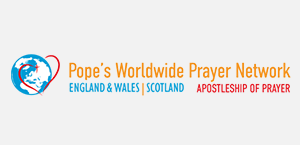Gospel in Art: Elijah has come already
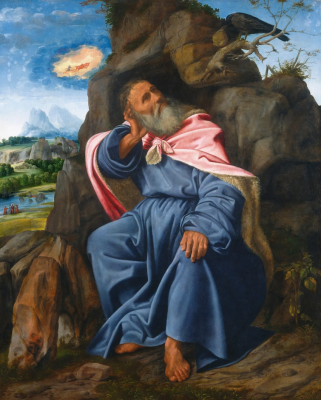
Elijah fed by the Raven, by Giovanni Savoldo © National Gallery of Art, Washington; Samual H Kress collection
Source: Christian Art
Gospel of 10 December 2022
Matthew 17:10-13
As they came down from the mountain the disciples put this question to Jesus, 'Why do the scribes say that Elijah has to come first?' 'True;' he replied 'Elijah is to come to see that everything is once more as it should be; however, I tell you that Elijah has come already and they did not recognise him but treated him as they pleased; and the Son of Man will suffer similarly at their hands.'
The disciples understood then that he had been speaking of John the Baptist.
Reflection on the painting
Remember that shortly before this passage takes place, the disciples had witnessed the Transfiguration of Christ where he was flanked by Moses and Elijah. This was of course still very much on their minds when they questioned Jesus in today's Gospel passage. The disciples sought clarification about the role of Elijah as a forerunner of the End Time. They believed that Elijah had to return for the reign of God to come about, but Jesus tries to move them on by telling that the work of Elijah has already been done by John the Baptist. It shows how God moves at a different pace from us and has different plans from ours.
In art, the appearance of Elijah and St John the Baptist is very similar. This similarity is based on Scripture. St John the Baptist in Matthew 3:4 is said to be 'clothed in camel's hair, with a leather belt around his waist', as we saw in a painting a couple of days ago. Then 2 Kings 1:7-8 mentions that Elijah 'had a garment of hair and had a leather belt around his waist'. A pretty similar dress code. Also they both fed themselves in unusual ways: St John eating locusts and wild honey; and Elijah having ravens supply him with food.
The latter is the scene being depicted in our painting from 1510 by Giovanni Savoldo. The scene is taken primarily from 1 Kings 17 where we see a large raven in the upper right corner, feeding Elijah, holding a piece of bread in its beak. This took place during the drought God was imposing to demonstrate to the people that their worship of Baal would not bring them the reward they desired. We can also see the chariot of fire on the left, on its way to heaven. The facial expression of Elijah is beautifully reflective.
LINKS
Gospel in Art: https://christian.art/
Today's reflection: https://christian.art/daily-gospel-reading/matthew-17-10-13-2022/










